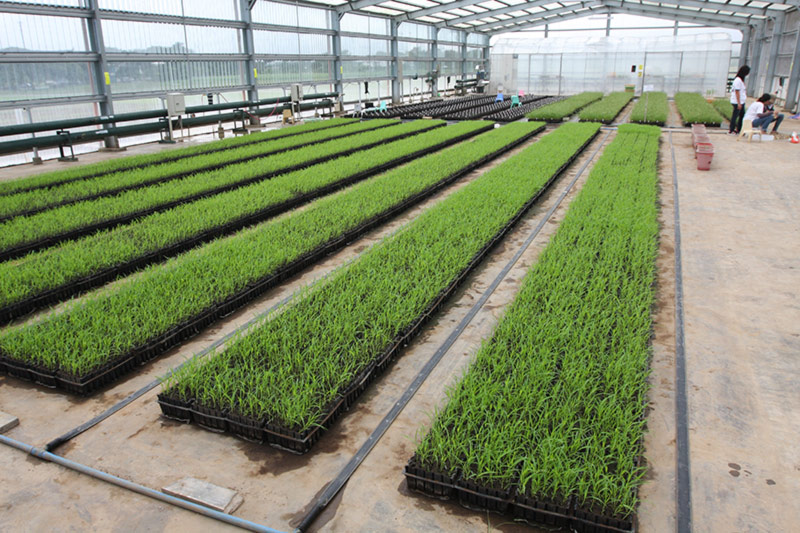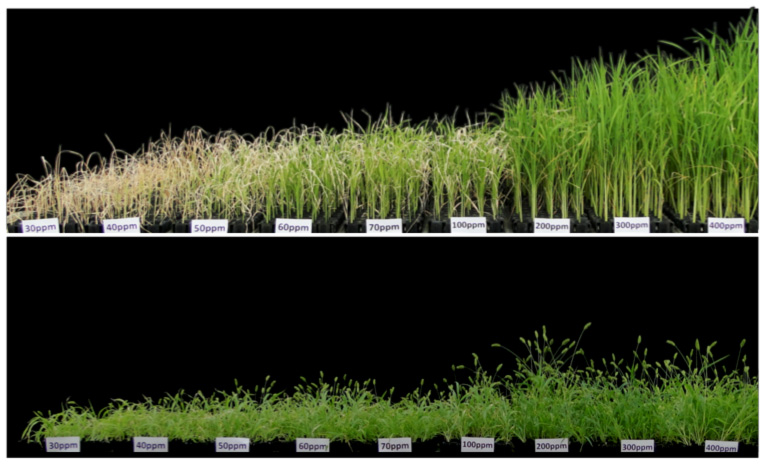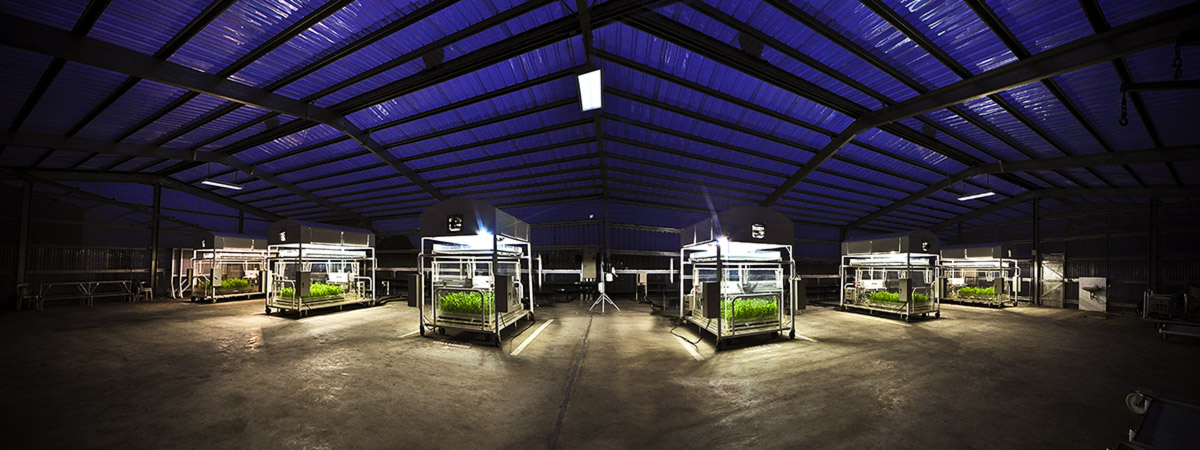
- Setaria viridis successfully screened for mutants with altered CO2 compensation points using high-throughput chlorophyll fluorescence imaging
- International collaboration drives research forward in the pursuit of higher yielding rice
A team of researchers from the Philippines, Australia and the UK have collaborated to successfully screen Setaria viridis for mutants with altered CO2 compensation points using high-throughput chlorophyll fluorescence imaging.
It is anticipated characterisation and next-generation sequencing of all the mutants identified in this screen may lead to the discovery of novel genes underpinning C4 photosynthesis. These can be used to engineer a C4 photosynthetic pathway into rice to potentially improve yield by up to 50%. This exciting research will be featured in the upcoming Issue 10 of Functional Plant Biology.
What makes research like this particularly satisfying is the cross-institution collaboration – bringing great minds together really does achieve great things.
The work was initiated as part of the C4 Rice Project, funded by the Bill & Melinda Gates Foundation and UK Aid, and was completed as part of the C4 Rice Centre, funded by the International Rice Research Institute (IRRI) in the Philippines.
The original concept was to identify mutant plants with altered CO2 compensation points – a signature for decreased photosynthetic efficiency associated with C4 function – which could be identified based on growth responses. However, after 4-7 days plants with a loss of C4 function would begin to die making it difficult to screen them.

On the hunt for a solution researchers from IRRI consulted with Robert Furbank and Xavier Sirault from the APPF’s CSIRO node in Canberra. The team established a solution using a Plantscreen Compact System from PSI – a plant phenotyping system also used at the APPF’s CSIRO and ANU nodes – and Robert Coe from the C4 Centre travelled to Australia for technical training with the team to optimise its use for IRRI’s research. Robert then returned to the Philippines with the APPF’s Richard Poire to provide further training to IRRI staff.
Screening the plants with the sensitive, new high-throughput chlorophyll imaging system enabled more mutant plants to be identified and reduced the screening time from 7 days to 48 hours. As a result 7,000 mutant lines (c. 350,000) have been screened to date, and promising mutants have been identified which are being characterised in detail.
“The next steps are to understand how the mutations have altered photosynthetic function and then apply this knowledge to ongoing efforts to engineer a C4 Rice”, said Robert Coe.
“Working with the different researchers across the teams was a great experience. The project even inspired one of our collaborators, Kelvin Acebron, to start a PhD on the application of phenomics to photosynthesis research and I’ve now joined the APPF team at the CSIRO node as a Scientist”.






